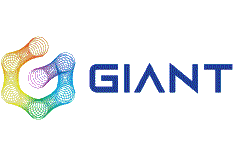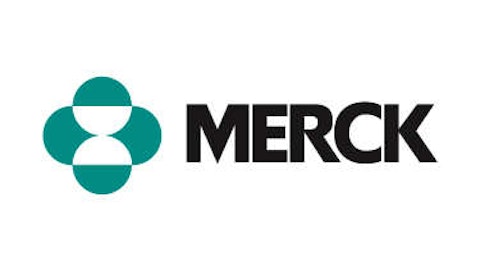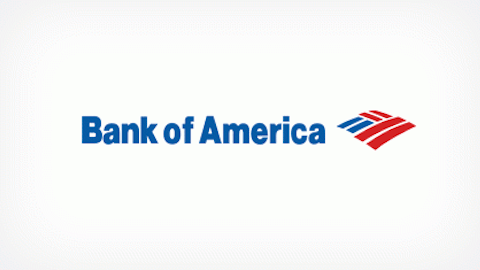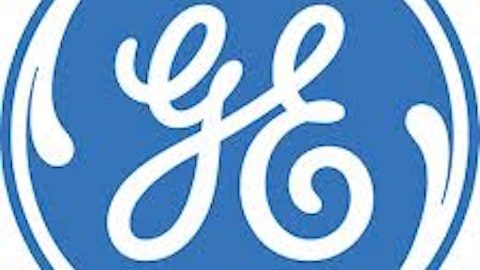All week, we’ve been celebrating brand-new record highs for the Dow Jones Industrials . The average finally managed to overcome its October 2007 levels on the back of strong economic data and investors’ willingness to downplay potential bad news and remain optimistic about the future of the global economy.
But another part of the market has been setting new all-time highs repeatedly for nearly two years. Small-cap stocks have outpaced their larger counterparts with even bigger gains lately, and that has some investors wondering whether large-cap stocks like those in the Dow, even at record highs, are still the best value in the market.

Small-cap stocks have a reputation for leading the stock market out of recessions, and that tendency has played out perfectly in the bull market of the past four years. When you compare the Russell 2000 Index to its Russell large-cap counterpart, you’ll see that the small-cap index quickly jumped into the lead after the March 2009 lows and then expanded on its gains with a 10-percentage-point return advantage in 2010. By April 2011, the index had already regained all its lost ground and set new highs, and after a pullback, the Russell 2000 hit another new high in September 2012 and has continued higher, setting new records throughout the new year.
As a result of these moves, earnings-based valuations for the Russell 2000 are extremely high compared to those of their large-cap counterparts. As of March 1, the Russell’s trailing P/E was more than 32, as opposed to less than 18 for the S&P 500 and less than 16 for the Dow. Those figures suggest that large-cap stocks are a much better value.
Interestingly, though, even though the small-cap index has risen over the past year, the Russell’s P/E has actually fallen dramatically, having been above 42 in March 2012. By contrast, trailing earnings multiples have climbed for both the S&P and the Dow.
Arguably, a more equitable comparison looks at forward earnings projections. There, the disparities are much less extreme, with the Russell trading at about 16 times forward earnings. That’s higher than the corresponding Dow multiple of 12.5 and the S&P’s 13.7 — but by a much more manageable margin. Given the higher average growth potential that small-cap stocks have compared to large-caps, it’s easy to justify a premium as slight as the current one.
Will small caps lose out to the Dow?
Large caps and small caps often perform in cycles. For a while, small-cap stocks outperform as they prove more nimble and able to navigate changing economic trends than their larger counterparts. Eventually, though, big companies catch up and are able to use their size advantage to outpace their tiny competition.
If you invest purely by asset allocation without doing any individual stock-picking, then deciding whether small caps or the Dow offer a better value right now depends on your view of the macroeconomic environment. If you think the expansion has further to run, then small caps will likely do a better job finding the next lucrative niche profit opportunities. But if you think the recovery has run its course, then large caps are in a better position to survive a round of tough times, with good cash levels on their balance sheets.




